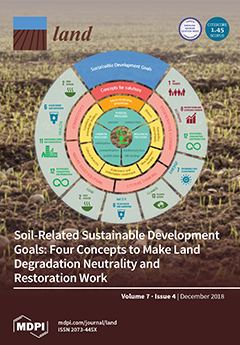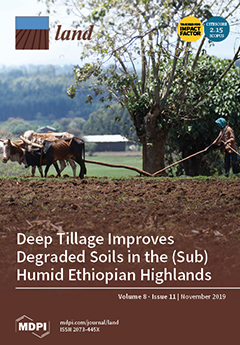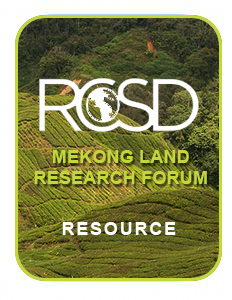Agricultural Land Conversion, Land Economic Value, and Sustainable Agriculture: A Case Study in East Java, Indonesia
Agricultural land conversion (ALC) is an incentive-driven process. In this paper, we further investigate the inter-relationship between land economic value (LEV) and ALC. To achieve this goal, we calculated the LEV for agricultural and non-agricultural (housing) uses in two areas of East Java, Indonesia. The first area represents peri-urban agriculture, which is facing rapid urbanization and experiencing a high rate of ALC. The second area represents rural agriculture, with zero ALC. Furthermore, we identified factors affecting LEV in both areas for both uses.




